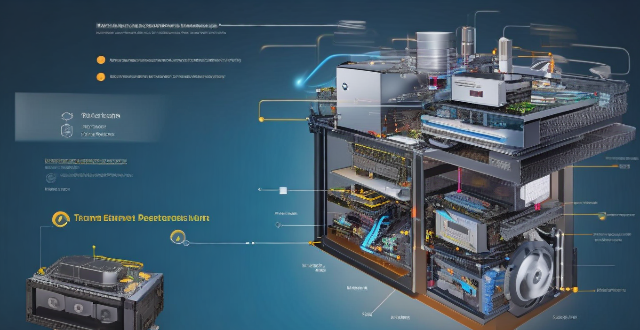Smart thermostats contribute to energy savings through automatic temperature control, energy-saving modes, learning capabilities, remote access and control, reporting and analytics, and integration with other smart devices. These features help reduce unnecessary energy usage and optimize HVAC system performance, leading to cost savings on utility bills without sacrificing comfort.

How do Smart Thermostats Contribute to Energy Savings?
Smart thermostats have revolutionized the way we control and manage our home's heating, ventilation, and air conditioning (HVAC) systems. These intelligent devices not only offer convenience but also play a significant role in reducing energy consumption and saving money on utility bills. In this article, we will explore how smart thermostats contribute to energy savings.
Automatic Temperature Control
One of the primary functions of a smart thermostat is its ability to automatically adjust the temperature based on your preferences and schedule. This feature ensures that your HVAC system is only running when it needs to be, avoiding unnecessary energy usage. For example, if you are away from home during the day, the thermostat can lower the temperature to save energy until it's time for you to return.
Energy-Saving Modes
Many smart thermostats come with pre-programmed energy-saving modes such as "Vacation" or "Eco" mode. These modes further optimize energy consumption by adjusting the temperature settings according to specific scenarios. For instance, during vacation mode, the thermostat might maintain a low-energy setting while you're away and gradually return to your preferred temperature before you come back home.
Learning Capabilities
Modern smart thermostats are equipped with learning algorithms that adapt to your daily routine and preferences over time. By analyzing data like when you typically leave for work or go to bed, the thermostat can create a personalized schedule that minimizes energy waste without sacrificing comfort.
Remote Access and Control
With internet connectivity, smart thermostats allow users to monitor and adjust their home's temperature from anywhere using a smartphone app. This means you can quickly make adjustments if you forget to set the thermostat before leaving home or if your plans change unexpectedly. Remote access also enables you to check on your home's energy usage and make informed decisions about potential savings opportunities.
Reporting and Analytics
Smart thermostats often provide detailed reports and analytics on your energy usage patterns. These insights help identify areas where you may be consuming more energy than necessary and suggest ways to improve efficiency. Some devices even offer tips on how to reduce energy consumption based on historical data and external factors like weather conditions.
Integration with Other Smart Devices
Many smart thermostats can integrate with other smart home devices, such as smart lights or motion sensors, to further enhance energy savings. For example, if a motion sensor detects no activity in a room, the thermostat could automatically lower the temperature setting for that area of the house.
In conclusion, smart thermostats contribute significantly to energy savings through automatic temperature control, energy-saving modes, learning capabilities, remote access and control, reporting and analytics, and integration with other smart devices. By leveraging these features, homeowners can enjoy both comfort and cost savings without compromising their lifestyle or comfort levels.